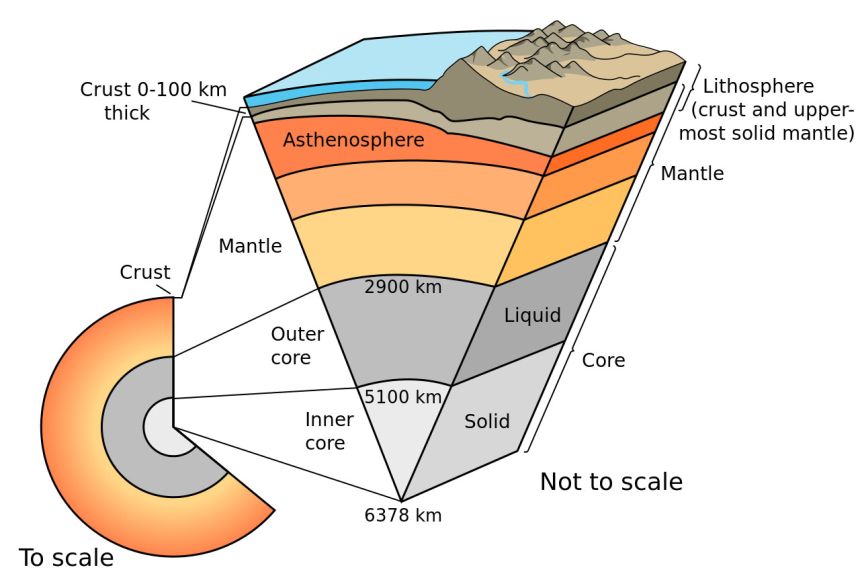The state of matter where particles are held in a fixed position but still vibrate.
Solid
What does the First Law of Thermodynamics states that energy cannot do?
Be created or destroyed
A shiny silver blanket keeps a person warm by doing this to their body heat
reflection
Provide one example of a conductor and one example of an insulator. Ensure that it's clear which example is which.
metal & copper = conductors
air, plastic, wood = insulators
When a fluid is heated, its particles spread out, it becomes less dense, and it does this.
It rises
This is the measure of the average kinetic energy of the particles in a substance.
temperature
What is the Second Law of Thermodynamics?
This law explains why heat naturally flows from a hot object to a cold object, and not the other way around.
A paved blacktop driveway will get much hotter in the sun than a white concrete sidewalk because its dark, dull surface is a better one of these.
Absorber
What 4 variables affect conduction?
1. surface area
2. materials
3. distance
4. temperature difference
A metal spoon getting hot in a cup of soup is an example of conduction, what could be a form of convection happening in the same cup
steam rising
You have two identical copper wires. Wire A is very hot, and Wire B is very cold. Using the kinetic theory of matter, explain the one key difference between the atoms in Wire A and the atoms in Wire B
Wire A's atoms are moving faster as it is hotter. Wire B's atoms are moving slower as it feels cooler.
A skateboarder is rolling on a flat, paved sidewalk and eventually comes to a stop. Write a statement that best explains why the skateboarder stopped?
Energy was transferred from the skateboarder to the sidewalk and the air.
Any object with a temperature above this theoretical point emits thermal radiation.
absolute zero
Conduction is most effective in this state of matter because its particles are packed very tightly together
solid
Use your whiteboard to draw a convection diagram.
It must include labels for different temperature molecules, arrows for the flow of energy, and what is causing the process to occur.
When you add thermal energy to a liquid, its particles do this, which can lead to evaporation.
move faster and farther apart?
A machine that could run forever without any energy input would violate this law.
The first law of thermodynamics
Heat radiation travels in the form of these specific electromagnetic waves.
This is the physical reason why gases are such poor conductors compared to solids
their particles are too far apart, leading to infrequent collisions?
Using the principles of convection explain how a radiator or heater warms an entire room.
heating the air near it, which rises, and then cooler air sinks to be heated
The total kinetic and potential energy of all the particles in an object is known as this.
Thermal energy
Imagine you have two identical blocks of aluminum. Block A is at 100°C and Block B is at 0°C. You place them in contact with each other inside a perfectly insulated container so no heat can escape. What is the most likely final state of the two blocks after several hours?
Both blocks will be at a new, single temperature of about 50°C.
You're sitting around a campfire with friends. 🔥 You notice that your friend sitting directly across the fire from you feels the same amount of heat as you do, even though the air between you is cold and there's no wind. Explain how this is possible using the principles of radiation
The campfire is extremely hot, and it releases energy in the form of infrared waves. Think of these waves like invisible rays of light that carry heat and move in every direction
The Sun warms the Earth through radiation, what could then be a next step for the energy to transfer through conduction
warmed ground heats the surrounding air
Convection currents in this hot, semi-solid layer of the Earth are responsible for the movement of tectonic plates. 🌋

Mantle (asthenosphere)